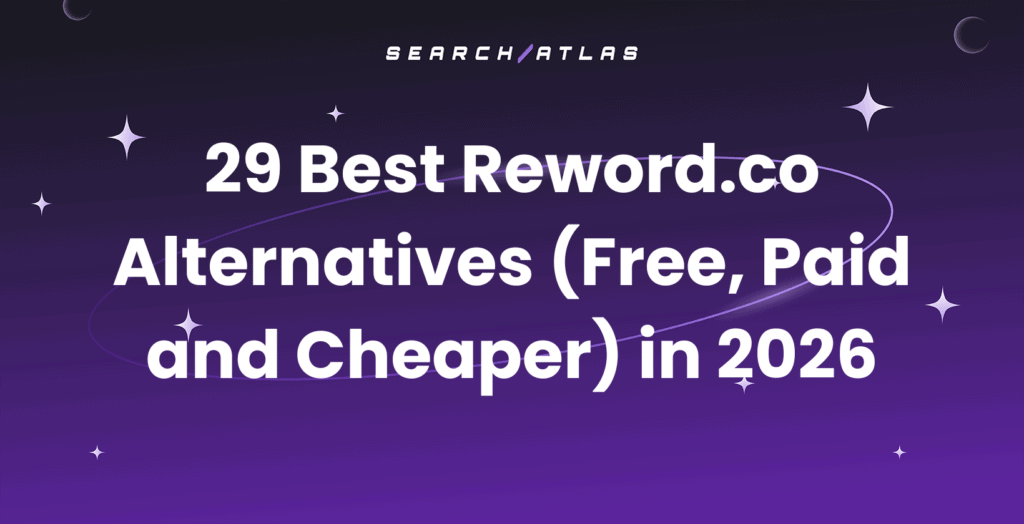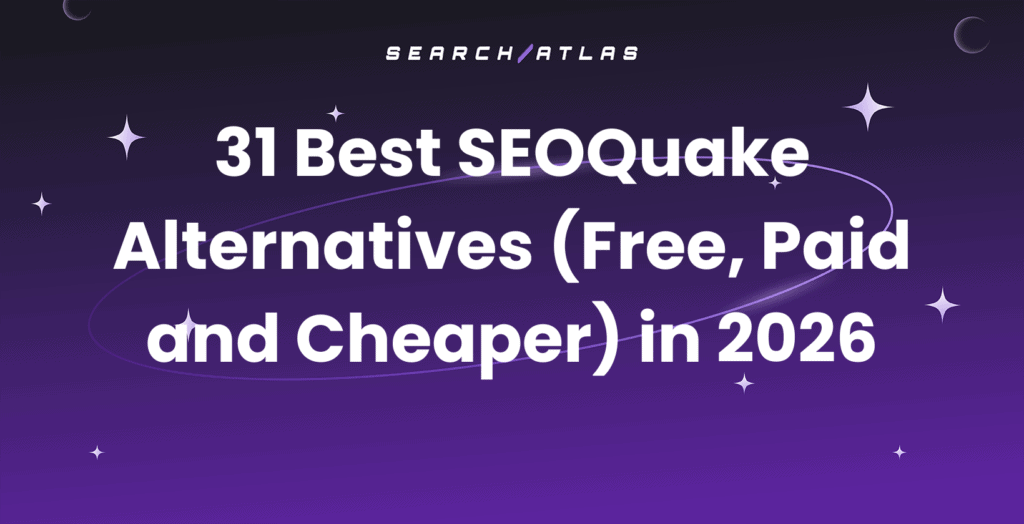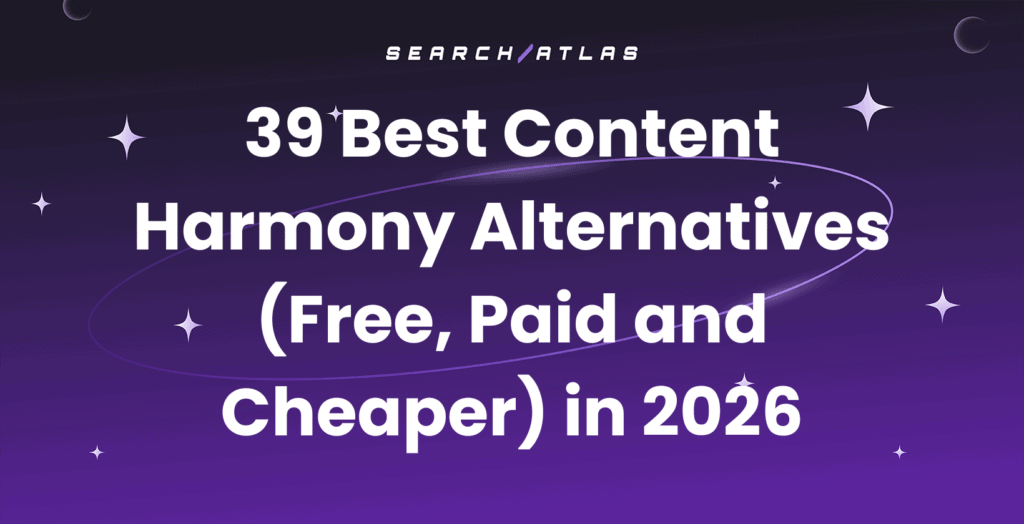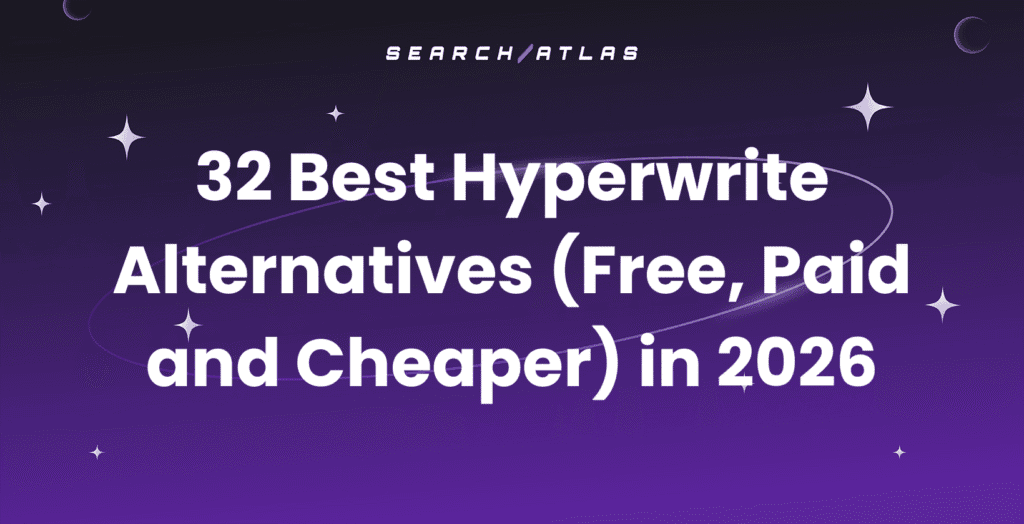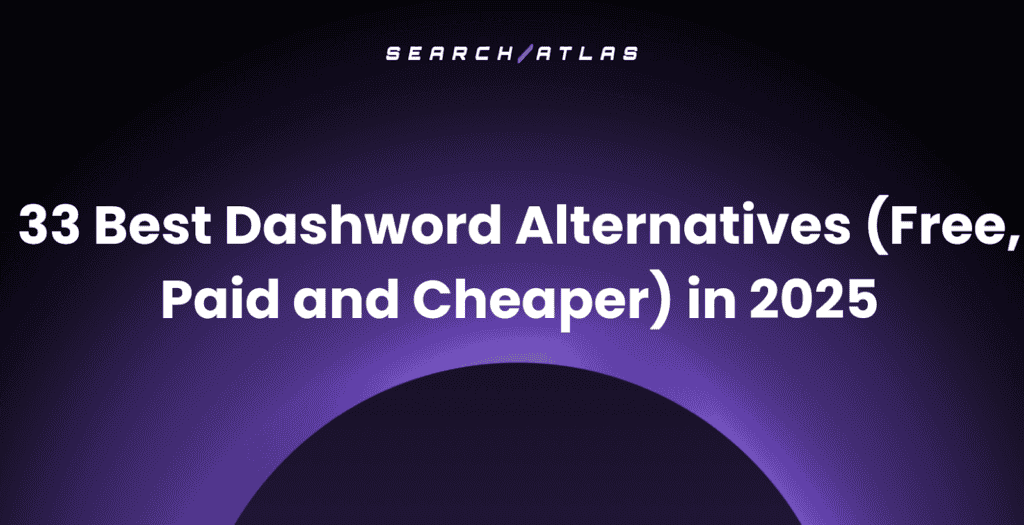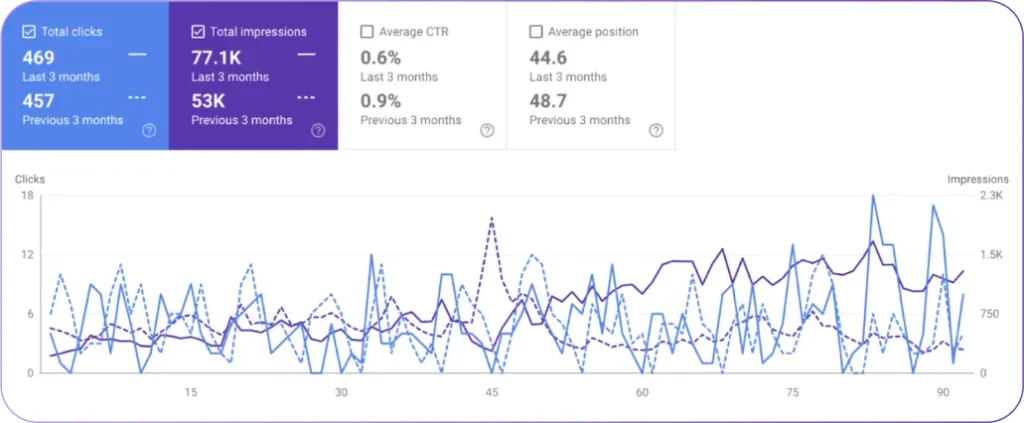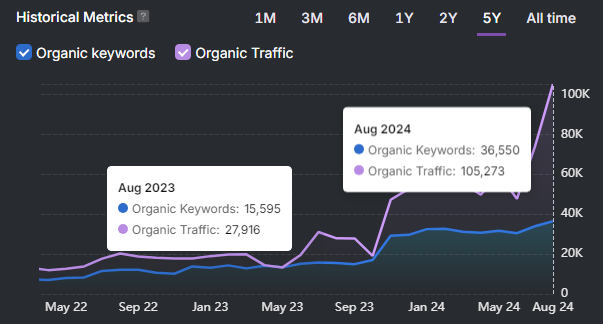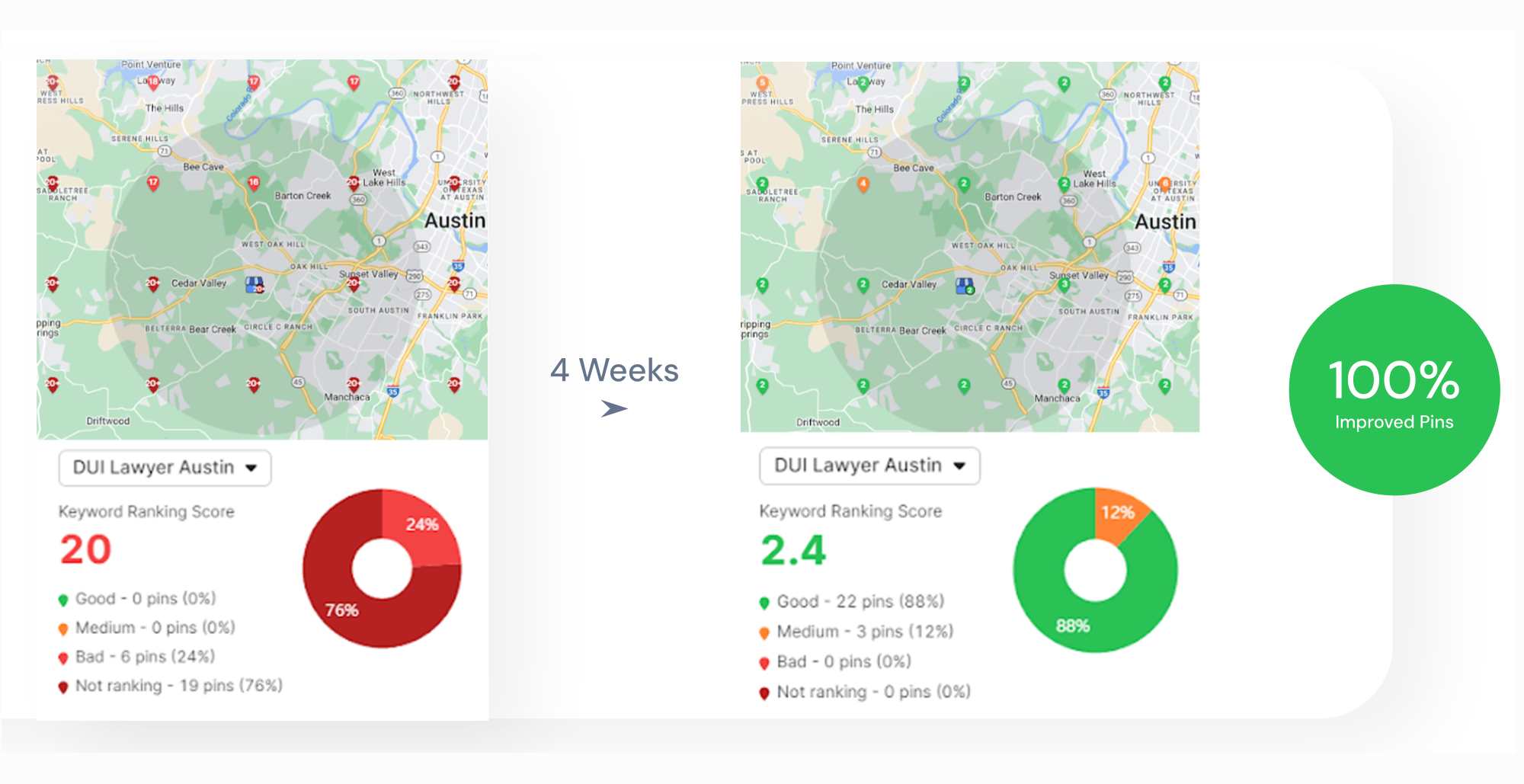LLM (large language model) visibility for law firms is the measurement of how legal brands appear in answers generated by AI assistants. It shows how often a firm is cited, how it is described, and whether competitors dominate the conversation in client-driven searches.
With the Search Atlas LLM Visibility tool, law firms monitor brand presence, sentiment, and competitor standing across major AI platforms. The following sections highlight real use cases that show insights that help protect reputation, improve authority, and capture more visibility in local legal markets.
What is LLM Visibility?
LLM visibility is the measurement of how often and in what context a law firm appears in answers generated by LLMs such as ChatGPT, Gemini, Perplexity, and Claude. These systems are becoming entry points for people searching for local attorneys, evaluating practice-specific expertise, and comparing trusted recommendations.
The Search Atlas LLM Visibility tool tracks these mentions, classifies sentiment, and measures how prominently firms are positioned inside AI-generated answers. It delivers visibility scores, competitor benchmarks, and share of voice insights through a unified set of dashboards.
For law practices, this creates a real-time and historical view of brand presence in AI platforms, turning complex model output into actionable insights that reinforce reputation, authority, and client acquisition.
How Does LLM Visibility Work?
The Search Atlas LLM Visibility tool measures how law firms appear inside answers generated by ChatGPT, Gemini, Perplexity, and Claude. Law firms add their brand and competitors into the dashboard and select which AI platforms to monitor.
The system scans AI responses for mentions of the firm. It records how often the name appears, where it is positioned, and whether the tone is positive, or negative.
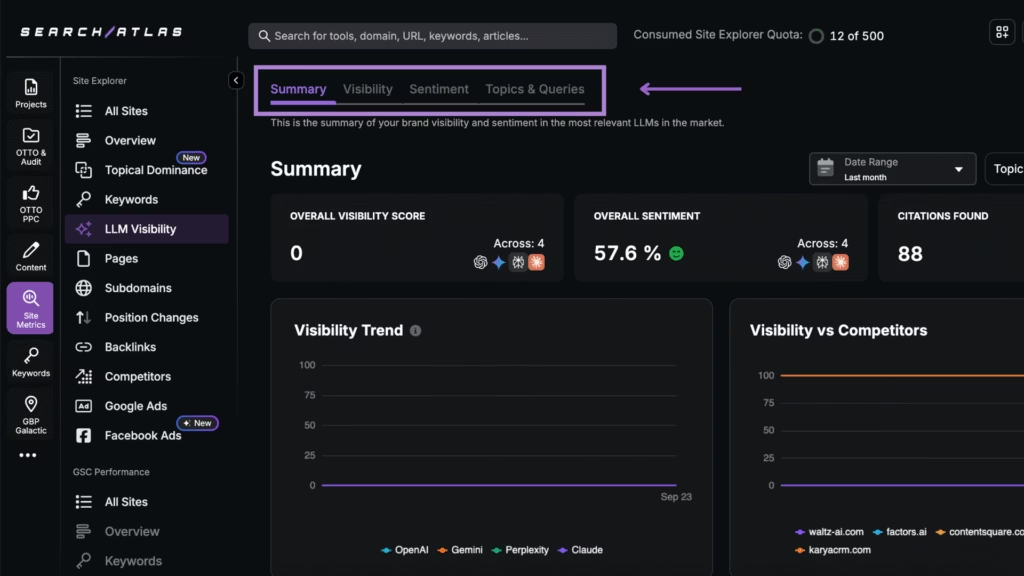
Results display in 4 dashboards called Summary, Visibility, Sentiment, and Topics & Queries. These dashboards show visibility scores, share of voice, sentiment ratings, citation sources, and the queries that trigger mentions.
Law firms use this information to benchmark against competitors, identify risks, and close gaps in client-facing searches. The tool transforms complex AI outputs into actionable insights for stronger authority and reputation in local markets.
Why LLM Visibility for Law Firms Matters
As LLMs increasingly shape search and discovery, Search Atlas LLM Visibility tool helps brands protect visibility, detect risks, and optimize presence in AI-driven environments.
LLM visibility reshapes how law firms are discovered and trusted when potential clients use AI assistants to ask legal questions, compare attorneys, and choose representation.
There are 5 main reasons this matters for law practices.
- Improving discovery in client research journeys. LLM Visibility shows how often and in what context your firm is mentioned when people search for attorneys in your city or within your practice area.
- Protecting the share of voice in competitive markets. AI assistants are becoming a new channel where clients evaluate lawyers. Benchmarks reveal whether rivals dominate mentions and highlight opportunities to grow presence in your market.
- Correcting misinformation and reputation risks. AI responses present outdated office details, incorrect practice areas, or misleading reviews. Monitoring ensures that errors and negative sentiment do not weaken client trust.
- Measuring visibility across multiple offices. For firms with more than one location, LLM Visibility tracks how consistently each office is cited. This ensures your brand is represented accurately across cities and practice areas.
- Turning AI visibility into measurable growth. LLM Visibility identifies which queries surface your firm, how competitors rank, and how sentiment shapes perception. Positive mentions in AI assistants drive consultations, new cases, and stronger visibility in local legal markets.
What Are the Top Use Cases of LLM Visibility for Law Firms?
LLM visibility for law firms covers the ways legal brands are tracked, compared, and positioned inside AI-generated answers. These insights determine whether potential clients trust your reputation, and choose you over competitors during AI-driven searches for legal help.
The top use cases for law firms are listed below.
How Can I Track Legal Discovery in AI-Driven Research Journeys?
To track legal discovery in AI-driven research, use the Summary dashboard to see overall visibility trends and top-performing topics. The top performing topics chart highlights the themes and practice areas most often linked to your law firm in AI-generated answers.

Within each topic, the dashboard lists client prompts such as “top personal injury attorney near me” or “best country comparative guides for cross-border corporate legal research”. Each topic includes visibility score, ranking, citation share, and related search volume.
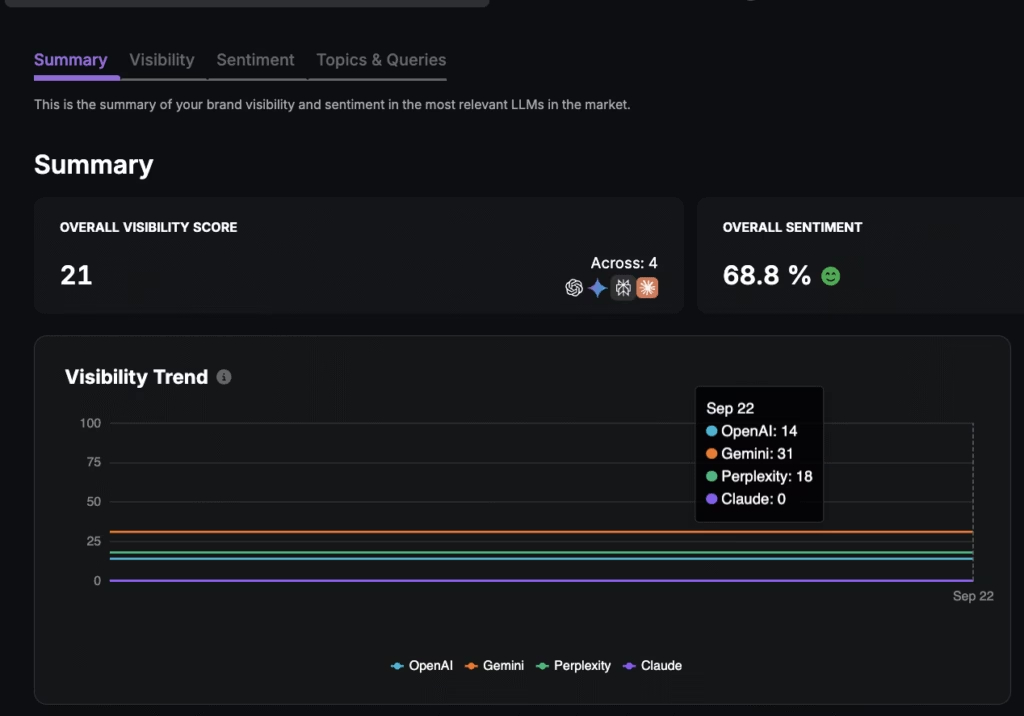
Check the Visibility Trend chart to see whether mentions rise or fall. Track changes after updating practice area pages, correcting local citations, or generating reviews to confirm whether your law firm is surfaced in real client research journeys.
How Do I Track My Share of Voice Against Local Competitors?
The Visibility dashboard includes a Share of Voice chart that shows what percentage of total AI mentions belongs to your firm compared with competing practices. Each segment displays how visibility is distributed across AI-generated answers.
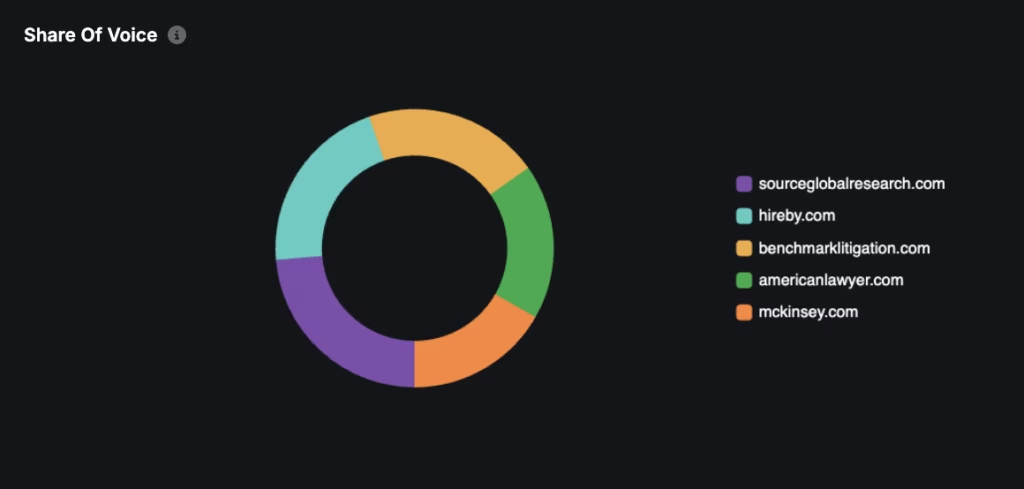
Review month-over-month changes to see whether reviews, PR campaigns, or local content initiatives expand your share. This analysis highlights which actions shift competitive standing and confirms whether your efforts increase market presence.
How Can I Benchmark Against Direct Competitors in My Practice Area?
Use the Visibility and Topics & Queries dashboards to benchmark your firm against other specialists in the same field. These dashboards show how often competitors appear in AI-generated answers and which citation sources strengthen their presence.
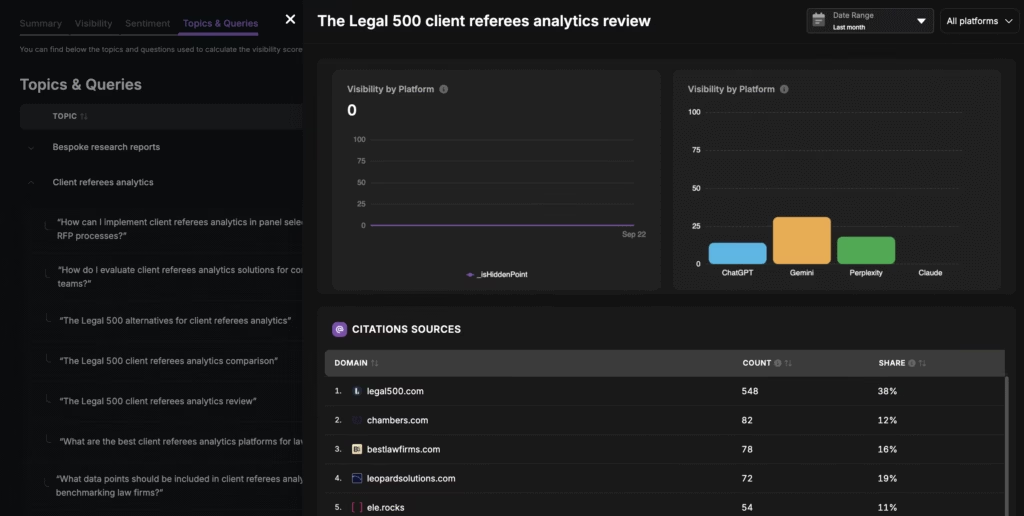
A criminal defense firm, for example, reviews its visibility next to other defense practices. The comparison highlights which rivals dominate specific topics and which sources drive their mentions.
How Do I Monitor Misinformation and Potential Reputation Risks?
To monitor misinformation and reputation risks, use the Sentiment and Topics & Queries dashboards to review how AI assistants describe your firm. These dashboards highlight inaccuracies and track whether mentions frame your practice in a reliable or misleading way.
They group mentions by topic and flag issues such as outdated addresses, incorrect practice areas, or misrepresented reviews. This evaluation shows how AI systems present your firm to potential clients and alerts you to problems that require correction before they damage trust.
How Do I Evaluate Whether AI Tools Describe My Firm Positively or Negatively?
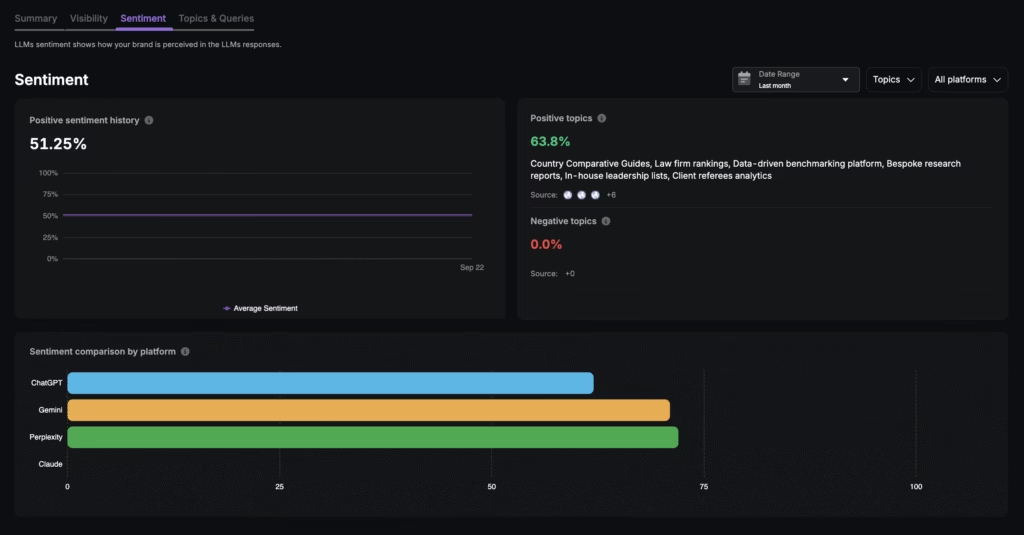
To evaluate how AI tools describe your firm, use the Sentiment dashboard to measure tone across AI-generated answers. The dashboard shows whether mentions present your practice in positive, or negative terms.
The Topic chart links sentiment to specific practice areas and client concerns. It highlights whether themes such as “responsive communication” or “case success rate” appear as strengths or weaknesses.
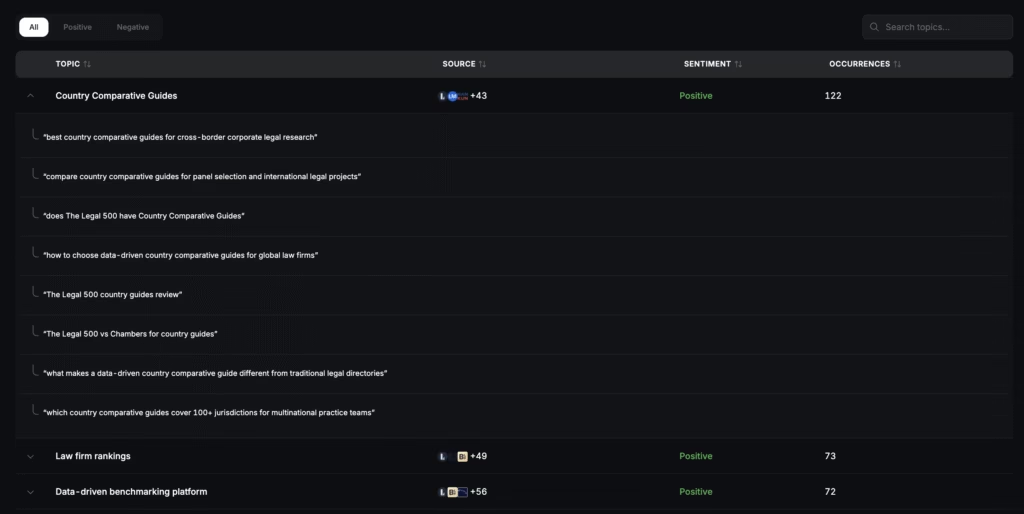
Reviewing these insights confirms where credibility is reinforced and where negative themes demand immediate attention. This evaluation validates how AI systems shape reputation compared with other firms in your market.
How Can I Protect Accuracy of Location, Hours, and Reviews in AI Answers?
To protect accuracy of office details and reviews, view the Citation Sources chart in the Visibility dashboard. This view lists the directories and profiles referenced in AI-generated answers and reveals whether outdated addresses, inconsistent hours, or old reviews distort how your firm is described.
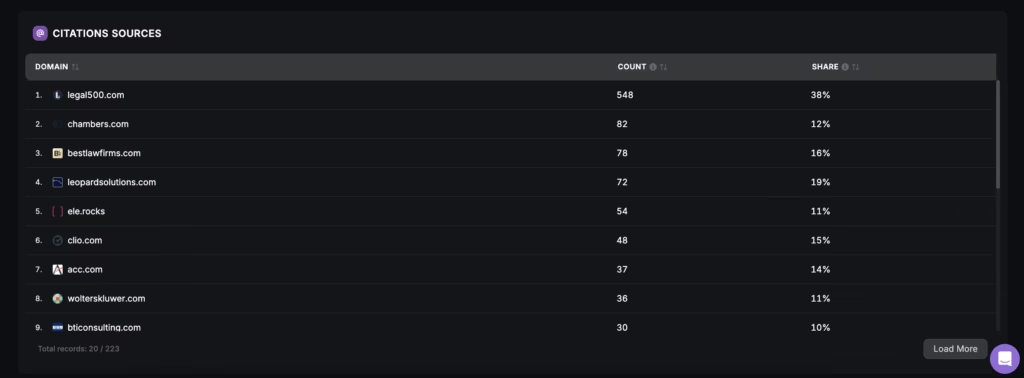
Trace errors back to the original source, then update citations, correct Google Business Profiles (GBP), and align review data. This process ensures AI assistants present reliable information about your location, availability, and reputation, which is critical for credibility in local searches.
How Can I Measure Whether PR, Awards, or Sponsorships Improve My Firm’s AI Visibility?
To measure the impact of public recognition, use the Summary and Visibility dashboards to compare results before and after events such as awards, sponsorships, or media features. The dashboards track visibility scores, share of voice, and citation sources over time.
An increase in mentions following an award, a local sponsorship, or a press feature proves that branding efforts strengthen AI visibility. Tracking these shifts shows which initiatives enhance recognition and reinforce client trust.
How Do I See Which Practice Specialties AI Associates With My Firm?
To identify which practice specialties AI associates with your firm, use the Topics & Queries dashboard. This dashboard lists the topics and queries that trigger mentions, along with visibility scores, rankings, citation share, and related search volume.
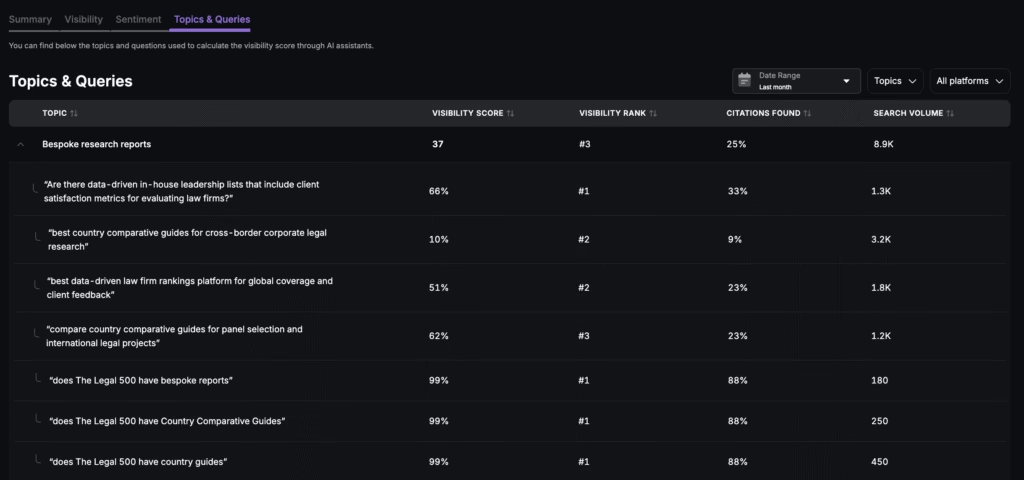
Review the data to detect imbalances in how your services are represented. Strengthen weaker areas by updating practice pages, publishing case studies, and reinforcing review language. This ensures AI systems present a balanced view of your firm’s core services.
What Is an Example Scenario in Law Firms?
An example scenario shows how the Search Atlas LLM Visibility tool turns AI-driven client research into actionable insights for law firms.
Scenario Description
A potential client asks 3 AI assistants: “Who is the best personal injury lawyer in Dallas?”
- Claude lists Competitor A.
- ChatGPT mentions your firm and Competitor B.
- Perplexity recommends only Competitor B.
Dashboard Findings
LLM Visibility aggregates these answers and presents the results as follows:
- Share of Voice. Your firm appears in 1 out of 3 AI-generated responses for this query, showing 33 percent visibility.
- Sentiment. The assistant that mentions your firm highlights strong client service but points out limited visibility in trial outcomes.
- Competitor Benchmark. Historical data shows Competitor B consistently dominates queries linked to “best” and “top-rated” personal injury representation.
Data Interpretation
These findings expose weak coverage and inconsistent framing. The omission in one AI assistant signals a lack of authority signals for high-intent personal injury searches. Competitor B outperforms by owning visibility in “top-rated” and “best” queries across AI responses.
Remediation Actions
Direct actions to strengthen LLM visibility for this scenario include:
- Expand personal injury practice pages with case results and testimonials.
- Publish reviews and attorney bios that highlight trial experience and success rates.
- Optimize local citations and GBP profiles to reinforce credibility in Dallas searches.
- Track sentiment and share of voice to measure whether visibility improves in future AI-generated answers.
This scenario illustrates a closed-loop process. Firstly, the tool identifies where your firm is missing. Secondly, it highlights how your competitors dominate. Thirdly, it connects actions to measurable improvements in AI-driven client discovery.
Future clients already ask AI who to trust. The Search Atlas LLM Visibility tool ensures your firm is the answer. Start your free trial today!




